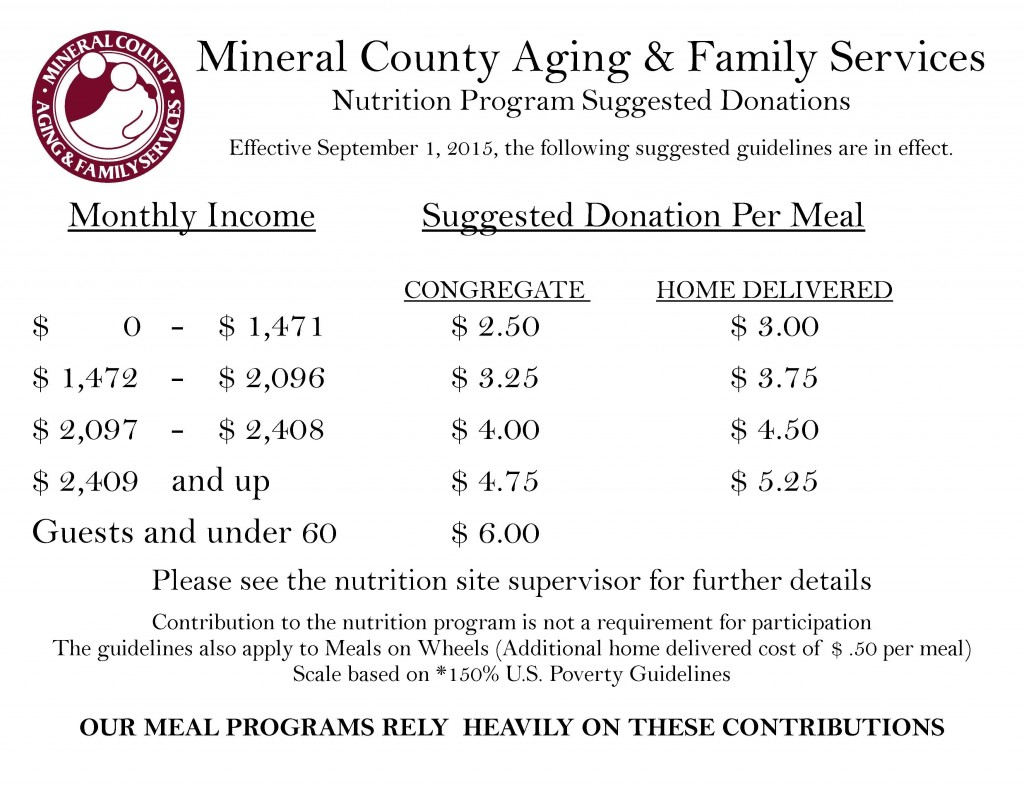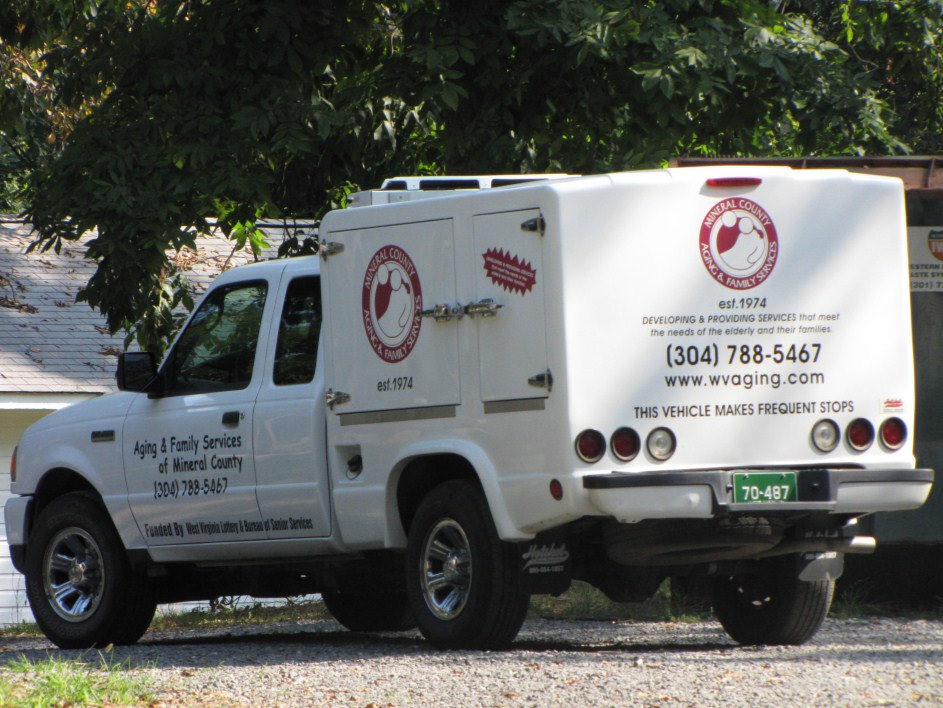Nutrition programs across the state and country have reduced the number of meals they serve to seniors, cut personnel costs and/or add to their waiting lists as they continue to battle increased expenses and declining revenue.
So far, Aging & Family Services, the program that feeds hundreds of elderly people in Mineral County hasn’t had to make drastic steps. But that may change some. The Aging & Family Services Board of Directors met recently to determine what may be done to balance the budget in their nutrition program.
Recent increases in wages and food costs, at the same time that the demand for Meals on Wheels is rising, could mean a reduction in the number of meals and people served, to be put in place when the next budget is put together for the Nutrition Program.
To get by currently, the program has dipped into its financial reserves, since the cost of providing these service started, became greater than the expense to provide the meals. We are, pulling out of these reserves $50,000 to $100,000 a year, sometimes more. Our programs can’t sustain those losses. The agency has faced minimum wage increases in 2015 and will again in 2016. The increase in expenses has come with no matching increase in revenue from the state to match the wage increase.
When it comes to meals, the program has two main parts. For its “Congregate Meals,” almost 17,000 nutritious meals are served each year, to people 60 and older, at four locations in Mineral County. Hot meals are served five days a week at the Senior Centers in Keyser and Short Gap and three times a week in Piedmont and Elk Garden.
For its “Meals on Wheels,” more than 30,000 hot meals are delivered each year to people who are 60 or older and those who are home-bound due to illness or disability. Some people receive meals for a short time, perhaps after a surgery; others have received meals for years. About 200 seniors are helped by Meals on Wheels in Mineral County.
Most of the seniors served by the nutrition programs are low-income. Besides providing important nutrition, the meals enable seniors to stay in their homes longer and avoid the expense of moving into long-term care facilities.
This year, nearly 45 percent of the nutrition program’s $400,000 budget is covered by federal and state money. About 25 percent of the program’s revenue comes from donations from participants. The rest, about 30 percent, comes from grants, other donations and fundraisers.
Fundraising and volunteerism needs to become a stronger focus. Competition among nonprofit groups for funding is fierce and many people mistakenly think Meals on Wheels is entirely government-funded.
All staff involved in making the program work are paid employees, including the drivers who deliver the meals each week. Many non-profit nutrition programs are helped by the use of volunteers.
The Board of Directors has agreed to forgo any cuts in service until April 1, 2016, to give an opportunity to see if the participants and community can attempt to fill in the fiscal gap. The agency has raised their suggested donation scale for the first time since 2010. The suggested donation for the congregate meals will start at $2.50 and go to $4.75 and the suggested donations for Meals on Wheels will start at $3.00 and go to $5.25. This slight increase of $ 0.50 per meal would go a long way in sustaining the nutrition program.

If you are able to help Aging & Family’s nutrition program, either financially or by volunteering, please contact our agency at 304-788-5467, or 1 South Main Street, Keyser, WV 26726. We are located on the Internet at www.wvaging.com or, also, on Facebook.


